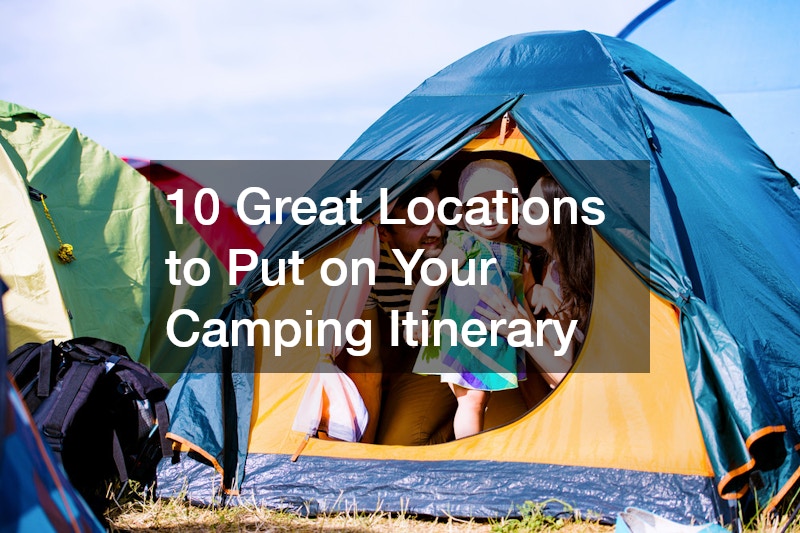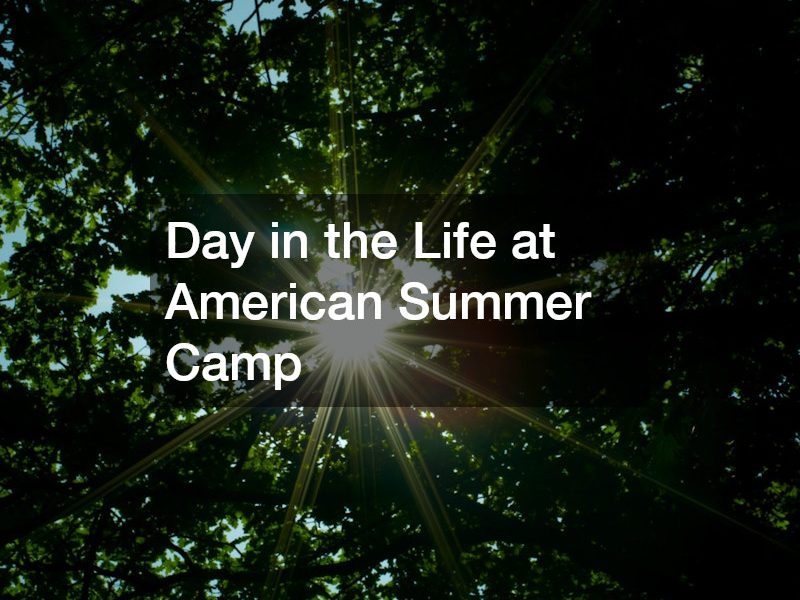
Embarking on a camping adventure can be one of the most rewarding outdoor experiences. Immersing yourself in the natural beauty of America’s national parks offers not only a break from the routine but also an opportunity to explore some of the most stunning landscapes the country has to offer. This article provides comprehensive camping itineraries for ten of the most celebrated national parks, guiding you through what to do, where to stay, and how to make the most of your adventure. Each itinerary is designed to maximize your experience whether you’re a family looking for the best summer camps, a solo traveler, or someone who enjoys the serenity of nature. By the end, you should have not only a solid plan for each destination but also a newfound appreciation for the diversity and splendor of these protected areas. From Yosemite to Big Sur, these plans are meticulously crafted to ensure that your camping trip is memorable and hassle-free. Whether you’re worried about packing basics like a propane gas tank or finding the right tree service, we’ve got you covered. Read on to discover your next great adventure!
1. Yosemite National Park
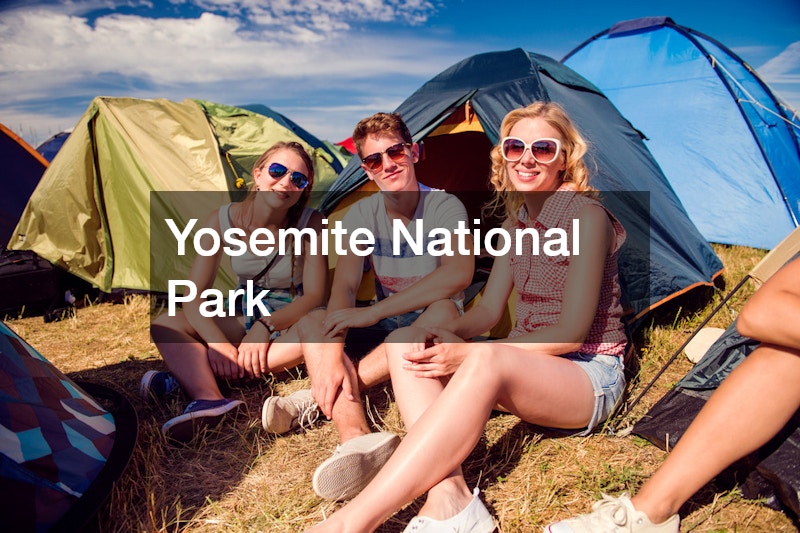
Yosemite National Park, located in California’s Sierra Nevada mountains, is renowned for its majestic waterfalls, giant sequoias, and extensive hiking trails. A comprehensive camping itinerary for Yosemite must include a visit to iconic spots such as Half Dome and Yosemite Falls. With a house and land package available nearby, you can even consider extending your stay beyond the tent.
Begin your adventure by setting up camp at the popular Upper Pines Campground. Spend your first day exploring Yosemite Valley, taking short hikes to Bridalveil Fall and Mirror Lake. In the evening, gather around the campfire to plan your next day’s trek to Glacier Point for panoramic views of the valley.
On day two, consider hiking the Mist Trail to Vernal and Nevada Falls, two of the park’s most striking waterfalls. This moderately challenging hike offers close-up views of the falls and stunning vistas of the surrounding granite cliffs. If you’re feeling adventurous, extend the hike to reach the top of Half Dome, though be sure to secure a permit in advance.
For those interested in wildlife, Yosemite is home to a variety of animals including black bears, mule deer, and numerous bird species. Spend your final day spotting wildlife in the meadows around Yosemite Valley or taking a relaxing stroll through the Mariposa Grove, home to some of the largest sequoias in the park. This blend of adventure and tranquility makes Yosemite an unforgettable camping destination.
Dedicate the following day to a hike up Half Dome, one of Yosemite’s most challenging and rewarding trails. Make sure to get an early start and bring plenty of water. After this strenuous hike, spend your final day in the park relaxing by the Merced River or exploring the Mariposa Grove of Giant Sequoias.
2. Banff National Park
Banff National Park, situated in the heart of the Canadian Rockies, offers some of the best summer camps and camping itineraries that allow you to immerse yourself fully in its awe-inspiring landscapes. The park is famous for its magnificent glaciers, turquoise lakes, and diverse wildlife.
Kickstart your camping itinerary by setting up at the Two Jack Lakeside Campground. Spend your first day exploring the vibrant town of Banff and taking a scenic drive along the Icefields Parkway. Don’t miss a visit to Lake Louise, where you can rent a canoe or hike to the Lake Agnes Tea House.
On your second day, head to Moraine Lake and hike the Larch Valley Trail for unparalleled views. For families, the best summer camps in Banff offer engaging activities like guided nature walks and educational programs. Conclude your trip with a soak in the Banff Upper Hot Springs for some well-deserved relaxation.
For your third day in Banff National Park, consider a hike to Johnston Canyon, one of the park’s most popular trails. This relatively easy hike takes you along a series of catwalks and bridges that offer breathtaking views of cascading waterfalls and deep limestone canyons. If you’re up for more adventure, continue to the Ink Pots, a collection of serene mineral springs surrounded by picturesque mountain views. Afterward, enjoy a picnic by the Bow River or explore the scenic Bow Valley Parkway, where you’re likely to spot elk, bighorn sheep, and other wildlife. This day will add both relaxation and adventure to your Banff experience.
3. Great Smoky Mountains
The Great Smoky Mountains straddle the border between North Carolina and Tennessee and offer a mist-covered landscape rich in biodiversity. Given the region’s humidity, it’s recommended to consult a pest control company before setting up your camping itinerary.
Start by establishing your base at the Elkmont Campground, one of the most popular sites within the park. Set aside your first day for a hike on the Alum Cave Trail, which offers both challenging terrain and stunning views. Return in the evening to a peaceful campfire dinner.
Spend your next day exploring the Cades Cove area, which is known for its abundant wildlife and well-preserved historical buildings. For your final day, consider taking a scenic drive on the Newfound Gap Road, stopping at viewpoints to capture the beauty of the Smokies.
4. Yellowstone National Park
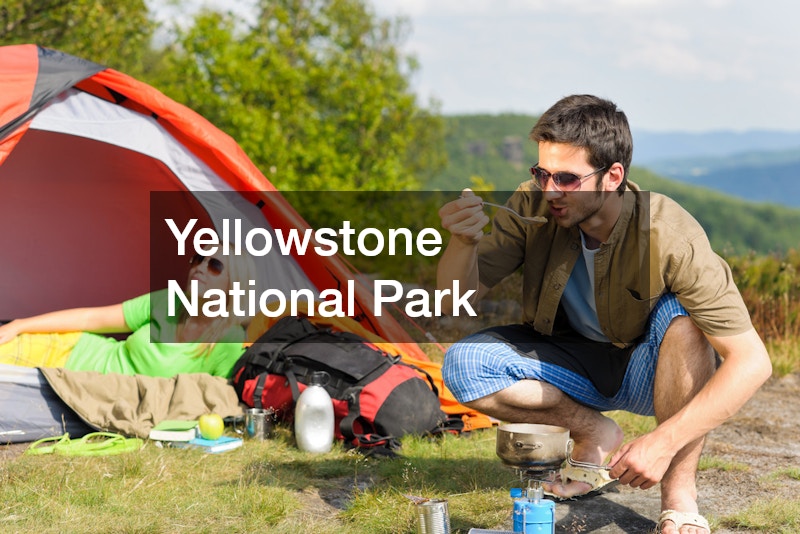
Yellowstone, the world’s first national park, is an iconic American treasure famed for its geothermal features and abundant wildlife. Before embarking on your camping journey, ensure your well pump is in good condition, as access to clean water is crucial.
Begin your stay at the Madison Campground, which offers convenient access to many of the park’s major attractions. Spend your first day visiting geysers like Old Faithful and the vibrant Grand Prismatic Spring. Make sure to follow the boardwalks to safely view these geothermal wonders.
On your second day, drive to the Lamar Valley for some of the best wildlife viewing opportunities in the park. End your trip with a visit to the Yellowstone Grand Canyon, where you can hike along the rim or descend to the base of the Lower Falls for a closer look.
5. Zion National Park
Zion National Park in Utah is known for its steep red cliffs and narrow slot canyons. When planning your camping itinerary, consider enlisting the help of a garbage removal company to manage waste properly, ensuring the natural beauty remains undisturbed. Set up camp at the South Campground, which is within walking distance of the park’s main shuttle system. Spend your first day exploring the Riverside Walk and the easy hike to the Emerald Pools. These trails are family-friendly and offer views of lush vegetation and small waterfalls.
For a more intense adventure, dedicate your second day to hiking the Narrows or Angels Landing. Both trails offer unique challenges and breathtaking scenery. Conclude your stay with a scenic drive along Zion-Mount Carmel Highway, stopping at the various viewpoints and sand dunes.
6. Grand Canyon National Park
The Grand Canyon, one of the Seven Natural Wonders of the World, offers endless opportunities for exploration and adventure. When setting up camp, it’s important to be aware of the local firearms regulations to ensure a safe and legal trip. The Mather Campground on the South Rim serves as a perfect base for most visitors. Spend your first day visiting the Grand Canyon Village and taking short hikes along the rim. Be sure to catch the sunset at Hopi Point for a mesmerizing view.
On your second day, embark on a more challenging hike down the Bright Angel Trail. If you’re well-prepared, you can hike all the way to the river and back in one day. Wrap up your visit with a helicopter tour for a bird’s-eye view of this natural marvel, making it an unforgettable end to your camping itinerary.
7. Denali National Park
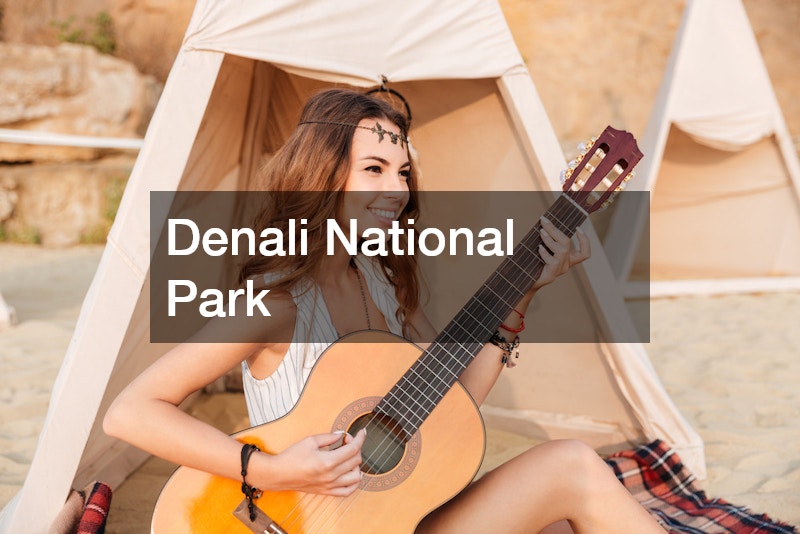
Denali National Park in Alaska is home to North America’s highest peak and offers vast wilderness for adventurous souls. Given its remote location, effective garbage service is essential to maintain the park’s pristine environment.
Begin your adventure by setting up camp at the Riley Creek Campground, which is open year-round and provides a range of amenities. Spend your first day exploring the Denali Visitor Center and taking a short hike on the Horseshoe Lake Trail. Attend one of the ranger-led programs for additional insights into the park’s natural history.
On your second day, take a bus tour along the park road to get closer to Denali and view wildlife such as grizzly bears, caribou, and wolves. For your final day, consider a rafting trip on the Nenana River or a scenic flightseeing tour for unparalleled views of Denali and its surrounding glaciers.
8. Joshua Tree National Park
Joshua Tree National Park, located in Southern California, is famous for its unique desert landscape and iconic Joshua trees. Ensuring that a reliable tree service is available can make your camping experience more comfortable and enjoyable.
Kick off your camping itinerary by setting up camp at the Jumbo Rocks Campground, known for its stunning rock formations. Spend your first day exploring the Hidden Valley Nature Trail and climbing the boulders for panoramic views. Evening stargazing is a must as Joshua Tree is one of the best places for night sky observation.
The next day, head to Barker Dam for a look at this historic site and take the easy, scenic hike around it. Don’t miss the Cholla Cactus Garden, where you can walk among these fascinating desert plants. Wrap up your visit with a drive through the Geology Tour Road, stopping to take in the diverse landscapes.
9. Acadia National Park
Acadia National Park on Maine’s Atlantic coast is known for its rugged beauty and dramatic sea cliffs. Ensuring your camping itinerary includes access to a reliable water well pump is crucial due to the area’s moist environment. Begin by setting up camp at the Blackwoods Campground, which offers easy access to many of Acadia’s main attractions. Spend your first day driving the Park Loop Road, with stops at Sand Beach, Thunder Hole, and Otter Cliff. Take a short hike along the Ocean Path for stunning coastal views.
The next day, wake up early for a sunrise hike up Cadillac Mountain, the first place to see the sunrise in the United States during certain times of the year. In the afternoon, rent bikes and explore the Carriage Roads, a unique trail system perfect for leisurely rides. End your trip with a kayak tour in Frenchman Bay to get a different perspective of the park.
10. Big Sur
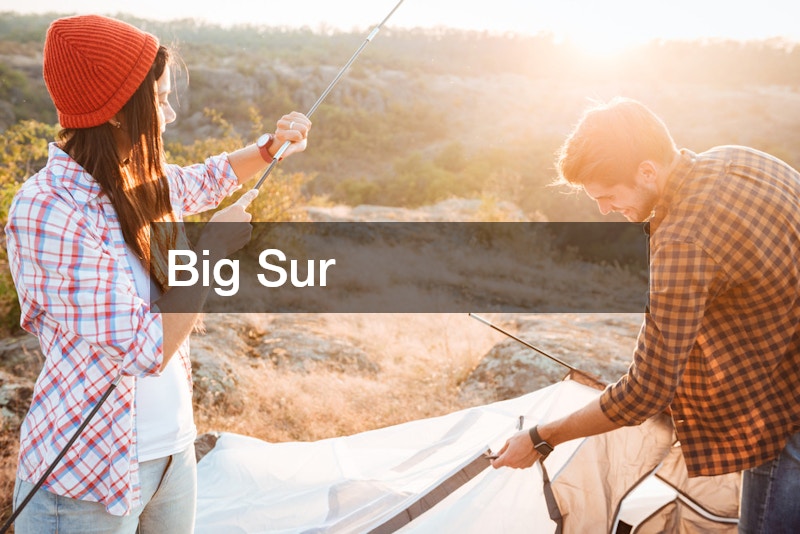
Big Sur, located along California’s central coast, offers breathtaking views of rugged coastline and redwood forests. Ensure your camping gear includes a propane gas tank for cooking and warmth, as the coastal weather can be unpredictable. Start your camping itinerary by setting up at the Pfeiffer Big Sur State Park Campground, which is centrally located for exploring the area. Spend your first day driving along Highway 1, stopping at famous landmarks such as Bixby Creek Bridge and McWay Falls. Enjoy a picnic at one of the many scenic overlooks.
On the second day, hike the Ewoldsen Trail for magnificent views of the coastline and redwood groves. Later, visit the Julia Pfeiffer Burns State Park, where you can see McWay Cove and the iconic waterfall that drops into the ocean. End your visit with a meal at Nepenthe Restaurant, offering delicious food with a view.
Camping in America’s national parks provides a unique opportunity to connect with nature and explore some of the most stunning landscapes in the world. Each park offers its own set of challenges and rewards, from the towering sequoias of Yosemite to the rugged cliffs of Big Sur. When planning your camping itinerary, be sure to stay prepared with essentials such as a propane gas tank and reliable water well pump, and consider professional services like a pest control company and garbage removal company to ensure a smooth experience. By following these detailed itineraries, you can make the most of your time in each park, whether you’re looking for a family-friendly outing or a more adventurous experience. So pack your gear and set out for an unforgettable journey into the wild.
